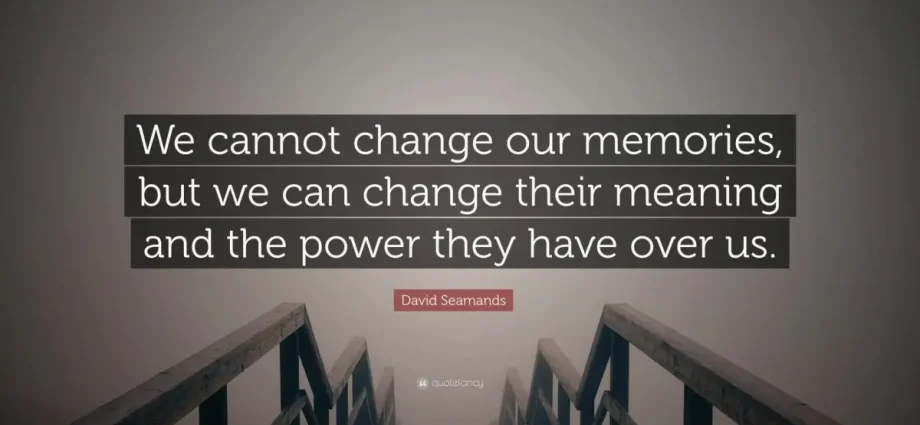After a trauma, some images, like frames from a film, suddenly pop up in our memory, causing us pain. How this phenomenon occurs and whether it is possible to fight it, says the neurologist Lionel Nakkash.
Psychologies: Why do certain shocking images resurface again and again?
Lionel Naccache: These are deformations of the biological mechanism on the basis of which memory is built. We remember images that evoke strong emotions. The ability to associate information with strong experiences (both positive and negative) gives us a survival advantage. If we remember what frightened us, then we can flee when the threat appears again. Moments of personal catastrophes also belong to memories of this type. They become traumatic because of their intensity.
Flashbacks usually come in the form of visual images…
Image analysis plays an important role in the cerebral cortex. Man is a visual animal.
Other feelings do not occupy as much space – by the way, memories are rarely expressed in auditory form, although sounds can cause them.
In the case of ordinary memories, we have access not only to the picture that pops up in front of our inner eye. We are also able to mentally play with the scene that we have experienced: manage it, view it from different angles, zoom in or out.
In the event of a traumatic memory, the ability to play disappears. Because of its intensity, it does not lend itself to purposeful reproduction and becomes more sensory than abstract. That is why it arises on its own, without our desire, and we cannot keep a distance.
But sometimes trauma, on the contrary, provokes forgetting?
When we experience something exceptional, there is a risk of being stuck inside a frozen image from which there is no way out, or being exposed to the defense system of the brain that erases everything in order to get rid of the trauma. It can even make us forget who we are. In cases of severe trauma, amnesia victims completely lose their autobiographical memory.
How can it be cured?
There are two approaches. The first is verbalization. It is based on the hypothesis that the more we tell, the more likely it is that we will remember what happened, we will be able to put it into words, give it a form, include it in the fabric of interpretations and thereby minimize the harm of such memories. The disadvantage of the method is that we risk isolating and fixing this plot.
We can change the tone of memories, color them with the emotion we are currently experiencing.
The second is to prevent the memory from being encoded while it is still fresh. To do this, use beta-blockers – drugs that slow the heart rate, act on the sympathetic nervous system and prevent the early fixation of memories immediately after the shock. At the same time, the emotions associated with the memory are, as it were, muffled.
Currently, the best results are obtained by a combination of these directions, sometimes in combination with the technique of desensitization, that is, desensitization, and eye movement processing (EMDR).
Be that as it may, nothing is final, because our memory transforms the past: memories are living and flexible visual objects. We can reactivate them, change their tone, color them with the emotion we are currently experiencing. And mentally rewrite them.
About expert
Lionel Naccache Professor of Medicine at the Pitiers-Salpêtrière Hospital in Paris, head of the research group at the Institute of the Brain and Spinal Cord.










